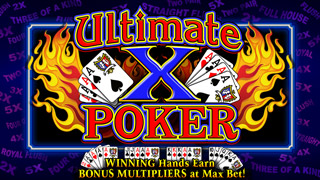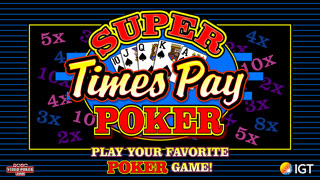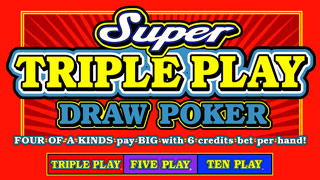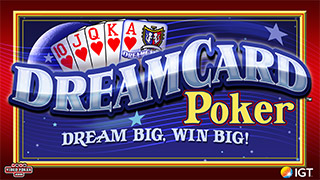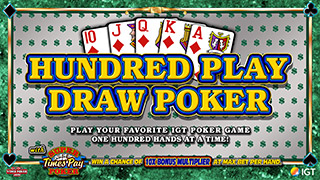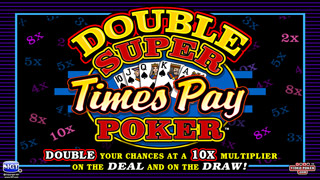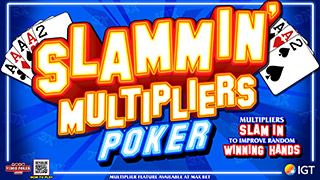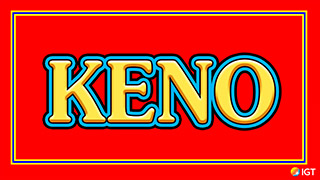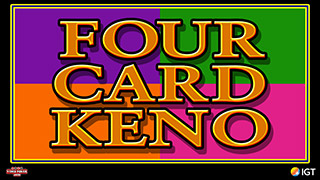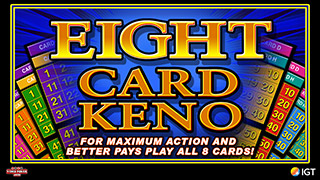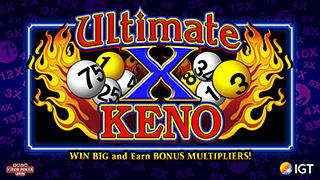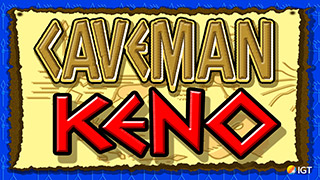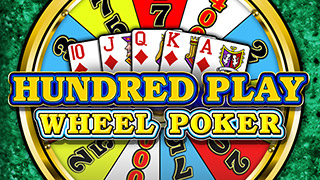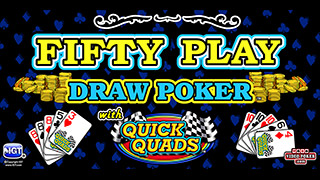The math of the "go for quads" method
-
Minn. Fatz
- VP Veteran
- Posts: 525
- Joined: Mon May 07, 2007 12:22 am
The math of the "go for quads" method
The standard method for comparing two competing VP holds is to:
- determine how many hands of each type result from each hold
- sum the products of these results and the single-coin payout for each hand type
- divide each result by the total number of possible combinations of drawn cards for each hold
- the best hold is the one with the higher (single-coin) EV from the above step; so
- subtracting one EV from the other also determines which hold is best
Using the alternate method outlined in "Go for quads," we:
- determine how many hands of each type result from each hold
- for the hold with the largest number of cards, multiply these results by the result of dividing the total number of possible combinations of drawn cards for that hold into the (greater) total number of combinations for the competing hold
- find the difference of the results for each hand type between one hold and the other
- sum the products of these results and the single-coin payout for each hand type
- whether the result is positive or negative determines which hold is best
To illustrate this algebraically, let:
ai = the number of hands of type i resulting from hold a
bi = the number of hands of type i resulting from hold b
xi = the single-coin payout for hands of type i
Ca = the total number of possible combinations of drawn cards for hold a
Cb = the total number of possible combinations of drawn cards for hold b
and assume, without loss of generality, Ca >= Cb
Using the standard method, we calculate:
(sumproduct[xi,ai]/Ca) - (sumproduct[xi,bi]/Cb)
Using the alternate method, we calculate:
sumproduct[xi,(ai - (Ca*bi/Cb))] =
Ca * sumproduct[xi,((ai/Ca) - (bi/Cb))] =
Ca * [(sumproduct[xi,ai]/Ca) - (sumproduct[xi,bi]/Cb)]
which we see is simply the result of the standard method multiplied by Ca.
The advantage of the alternate method over the standard is that it provides us with a set of coefficients that help make the effect of changes, either in a hold and its resulting hand types or in the paytable, easier to calculate and understand. in at least some cases the alternate method can be used to develop mathematical “rules of thumb” for different situations that can be calculated “at the machine.”
(apologies for the inline math, it's a bit clearer in equation form, available via email on request)
- determine how many hands of each type result from each hold
- sum the products of these results and the single-coin payout for each hand type
- divide each result by the total number of possible combinations of drawn cards for each hold
- the best hold is the one with the higher (single-coin) EV from the above step; so
- subtracting one EV from the other also determines which hold is best
Using the alternate method outlined in "Go for quads," we:
- determine how many hands of each type result from each hold
- for the hold with the largest number of cards, multiply these results by the result of dividing the total number of possible combinations of drawn cards for that hold into the (greater) total number of combinations for the competing hold
- find the difference of the results for each hand type between one hold and the other
- sum the products of these results and the single-coin payout for each hand type
- whether the result is positive or negative determines which hold is best
To illustrate this algebraically, let:
ai = the number of hands of type i resulting from hold a
bi = the number of hands of type i resulting from hold b
xi = the single-coin payout for hands of type i
Ca = the total number of possible combinations of drawn cards for hold a
Cb = the total number of possible combinations of drawn cards for hold b
and assume, without loss of generality, Ca >= Cb
Using the standard method, we calculate:
(sumproduct[xi,ai]/Ca) - (sumproduct[xi,bi]/Cb)
Using the alternate method, we calculate:
sumproduct[xi,(ai - (Ca*bi/Cb))] =
Ca * sumproduct[xi,((ai/Ca) - (bi/Cb))] =
Ca * [(sumproduct[xi,ai]/Ca) - (sumproduct[xi,bi]/Cb)]
which we see is simply the result of the standard method multiplied by Ca.
The advantage of the alternate method over the standard is that it provides us with a set of coefficients that help make the effect of changes, either in a hold and its resulting hand types or in the paytable, easier to calculate and understand. in at least some cases the alternate method can be used to develop mathematical “rules of thumb” for different situations that can be calculated “at the machine.”
(apologies for the inline math, it's a bit clearer in equation form, available via email on request)
-
Minn. Fatz
- VP Veteran
- Posts: 525
- Joined: Mon May 07, 2007 12:22 am
A couple more thoughts on what I'm now calling the "alternate method:" another advantage is that the coefficients are all whole numbers (integers), so after some estimation/manipulation all the "rules of thumb" require is adding, subtracting and multiplying one- or two-digit numbers.
However, most of this effort is about getting optimal play on less-than-optimal paytables. So if you're not that into the math, don't feel bad about skipping it and sticking to the known full-pay games and their known strategies.
Good Mathematics all...
However, most of this effort is about getting optimal play on less-than-optimal paytables. So if you're not that into the math, don't feel bad about skipping it and sticking to the known full-pay games and their known strategies.
Good Mathematics all...



